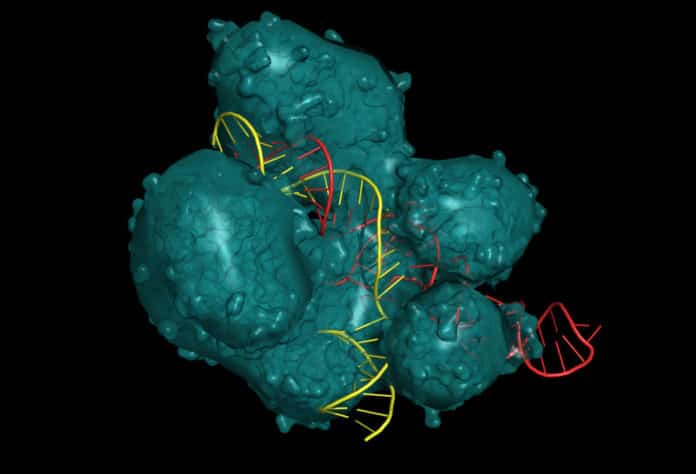CRISPR Cas9 Delivery Into Cell Using Virus + Two Types of Light
A group of researchers from Xiamen and Nanjing Universities in China has developed An alternative to use viruses to transfer CRISPR-Cas9 gene editing tools into a cell that was desired and it involves two types of light. The Team describes their new type of carrier and just how well it worked with evaluation mice in their paper published in the journal Science Advances
Scientists continue to test their abilities as the Gene editing tools are revolutionary in treating conditions. One area of research has involved interest to look for a replacement carrier system in which a virus is used to carry the gene editing tool to a cell is used by the present approach. In the early stages, researchers knew that the virus strategy wasn’t viable because of possible responses from the immune system, or the threat of initiating tumors. In this new effort, the group in China has produced an entirely new way to deliver the gene editing tool.
Nanoparticles that are sensitive to low-energy near-infrared radiation (NIR) which emit UV light are present inside their carrier system. The light is absorbed and converted to UV light, which is
emitted when NIR is shone on the nanoparticles. The bundle is activated inside of mobile by shining NIR on the skin where it penetrates into the body and makes its way to the gene editing tool. When the NIR is converted to UV light, it cuts on molecules at the carrier package.In practice, there was a CRISPR-Cas9 tool delivered by the team to a cancer tumor inside of a mouse via injection. When it was safely in place, the researchers shone NIR on the skin covering the place where the tumor (and gene editing instrument ) was located. When UV light released the package it went to work editing a protein which allowing a tumor to grow with a result in a reduction in tumor size.
The researchers stated that- their work shows not only a mild -based carrier can work with CRISPR-Cas9 gene editing, but that it can do so safely and with immediate benefits.






























